The brochure of the super-anticipated new camera from ARRI has leaked. Named ALEXA 35, this new technological marvel owns 17-stops of dynamic range, a whole newly developed 4.6 K sensor, and a new color science called REVEAL. Now it’s time to count the movies that will be shot on this beast. Full details are below.
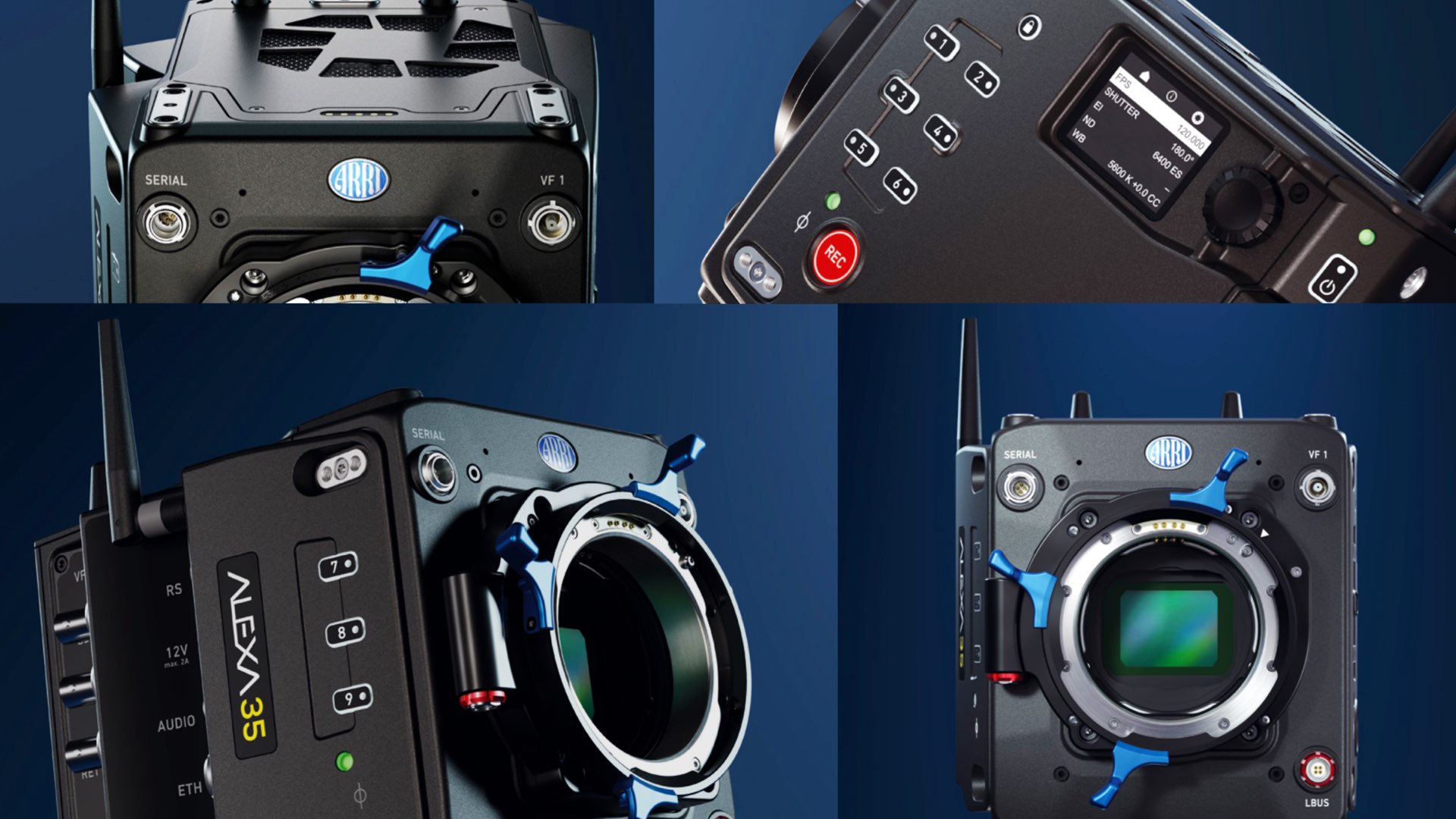
ALEXA 35: The name symbolizes the importance of Super 35mm
The new camera from ARRI is called the ALEXA 35, and according to ARRI, this 4K Super 35 camera will elevate digital cinematography to unprecedented heights. As stated n the leaked brochure; “ARRI’s first new sensor for 12 years builds on the evolution of the ALEXA family over that period, delivering 2.5 stops more dynamic range, film-like highlight handling, better low light performance, and richer colors”. Furthermore, the new REVEAL Color Science takes full advantage of the sensor’s image quality and provides a fast, simple workflow, while ARRI Textures enhance in-camera creative control. ARRI states that: “Easy operation, robust build quality, new electronic accessories, and a completely new mechanical support system round out the ALEXA 35 platform”. These are the main highlights as described in the ALEXA 35 brochure:
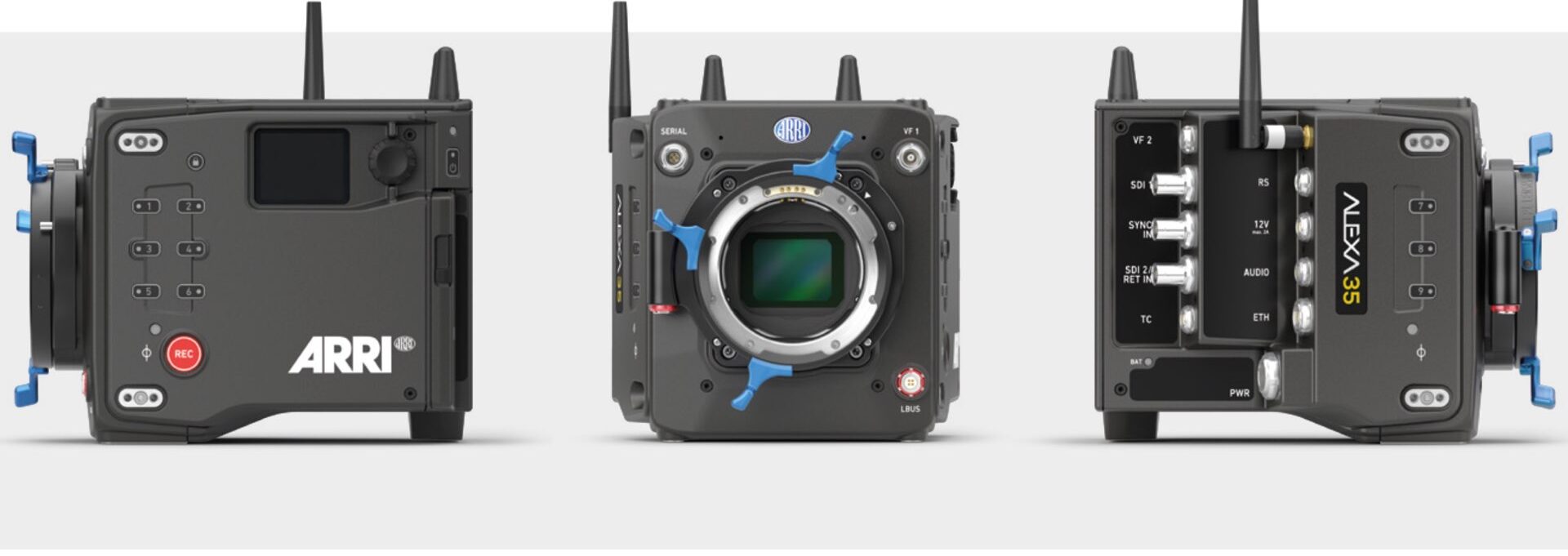
17 stops of DR with film-like highlight roll-off
ALEXA 35 measures at 17 stops of dynamic range (exposure latitude), far more than any other digital cinema camera. Filmmakers gain 1.5 stops in the highlights and a stop in the shadows over previous ALEXA cameras while retaining the naturalistic, film-like highlight roll-off. Sophisticated stray-light suppression ensures that the full character and contrast range of each lens is captured. Together, the increased dynamic range and stray light control make it easier to handle any lighting conditions on set, increase flexibility in post, and provide the best possible source for HDR (High Dynamic Range) projects. Now, we know ARRI. These 17 stops are not ‘marketing stops’, so expect stunning imagery with maximum details.
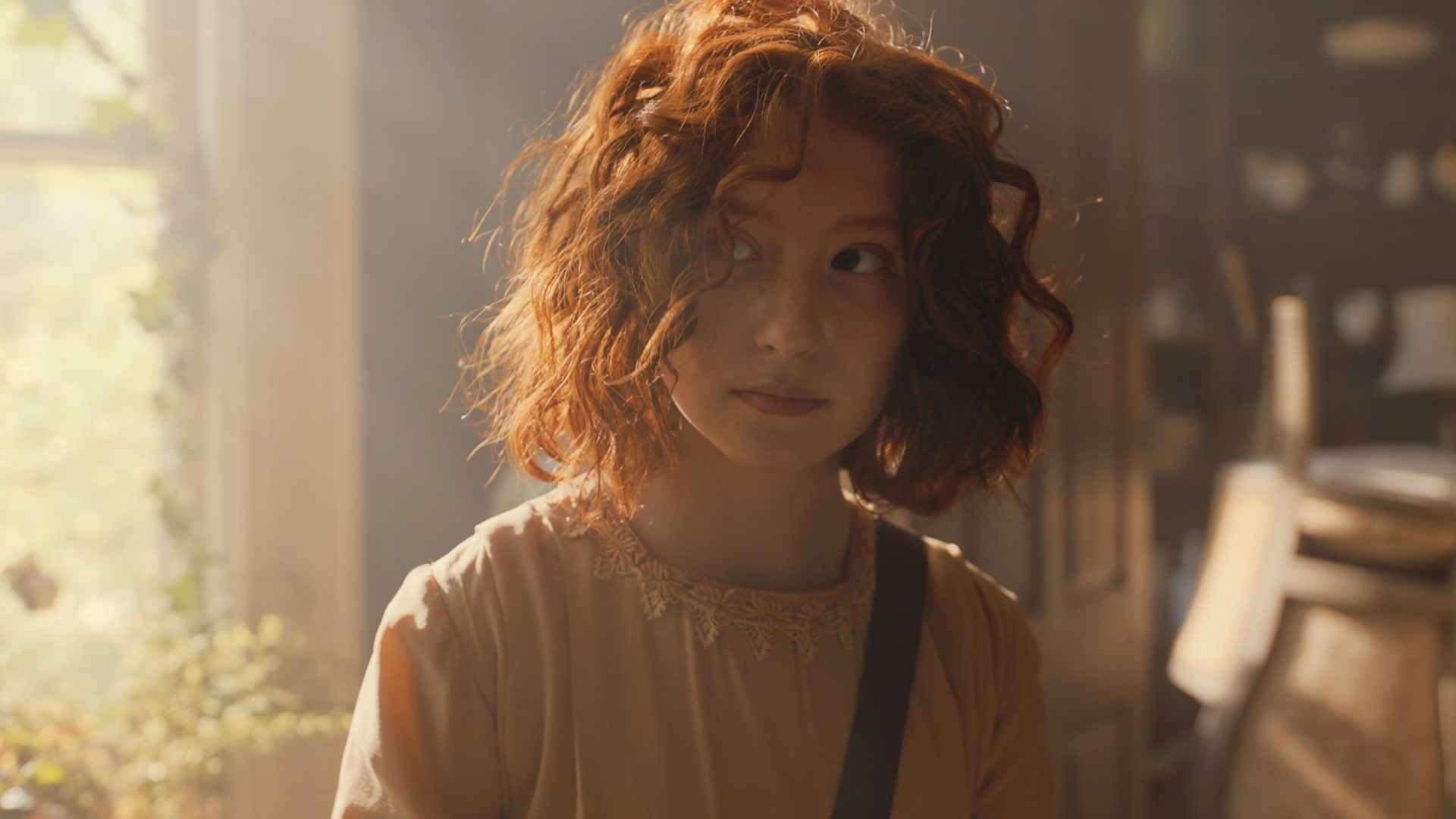
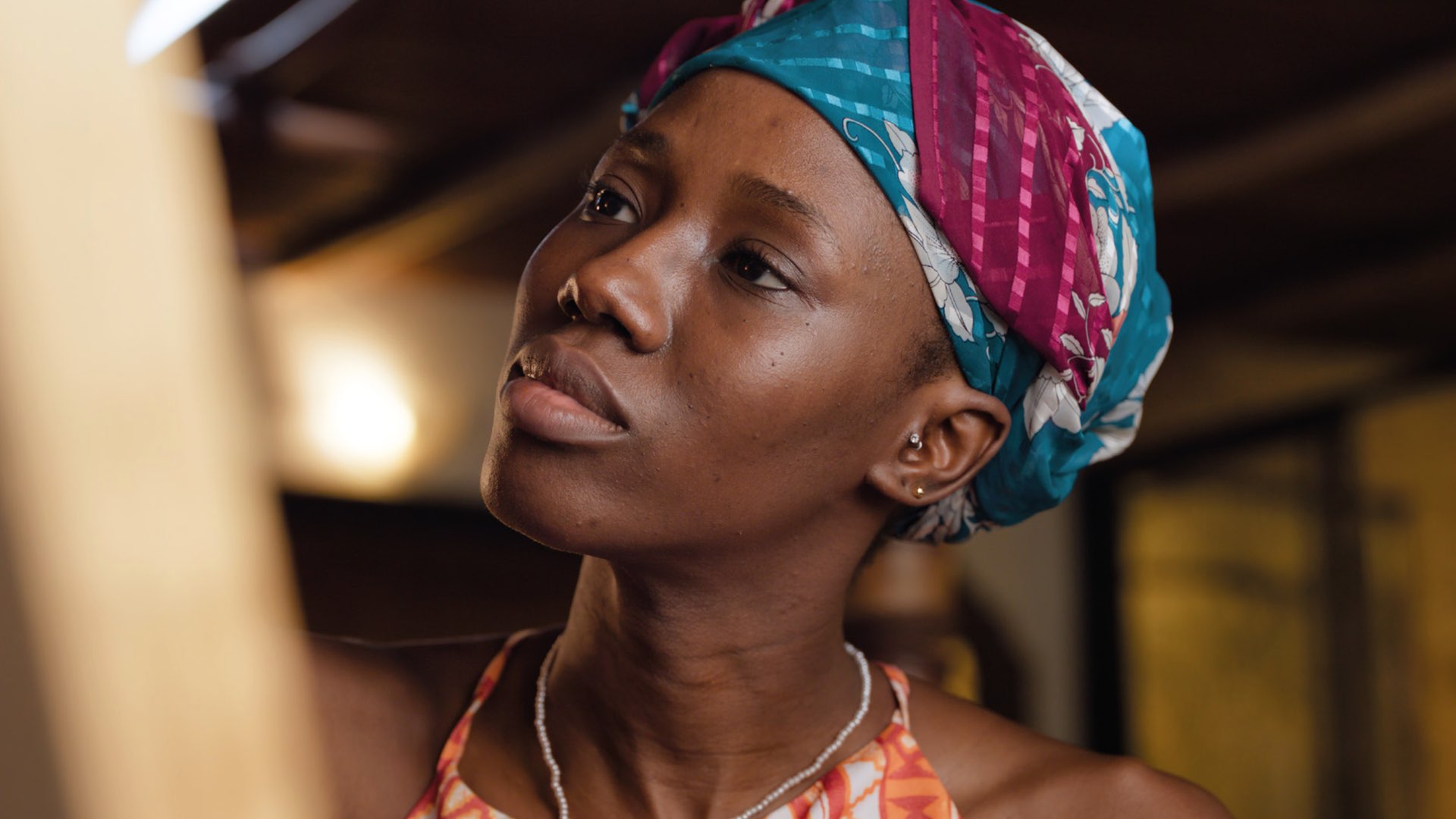
Elevated sensitivity
ARRI defines the ALEXA 35 as a “High ISO” camera. An optional Enhanced Sensitivity Mode can be applied to settings between EI 2560 and EI 6400, producing an even cleaner image in low light. This exceptional sensitivity, combined with the wider dynamic range and truer contrast, allows ALEXA 35 to capture the most delicate nuances of light and shadow in a wider range of shooting situations. Filmmakers can work with available light in real locations, safe in the knowledge that even at extreme ISO values, any noise will have a pleasingly film-like structure.
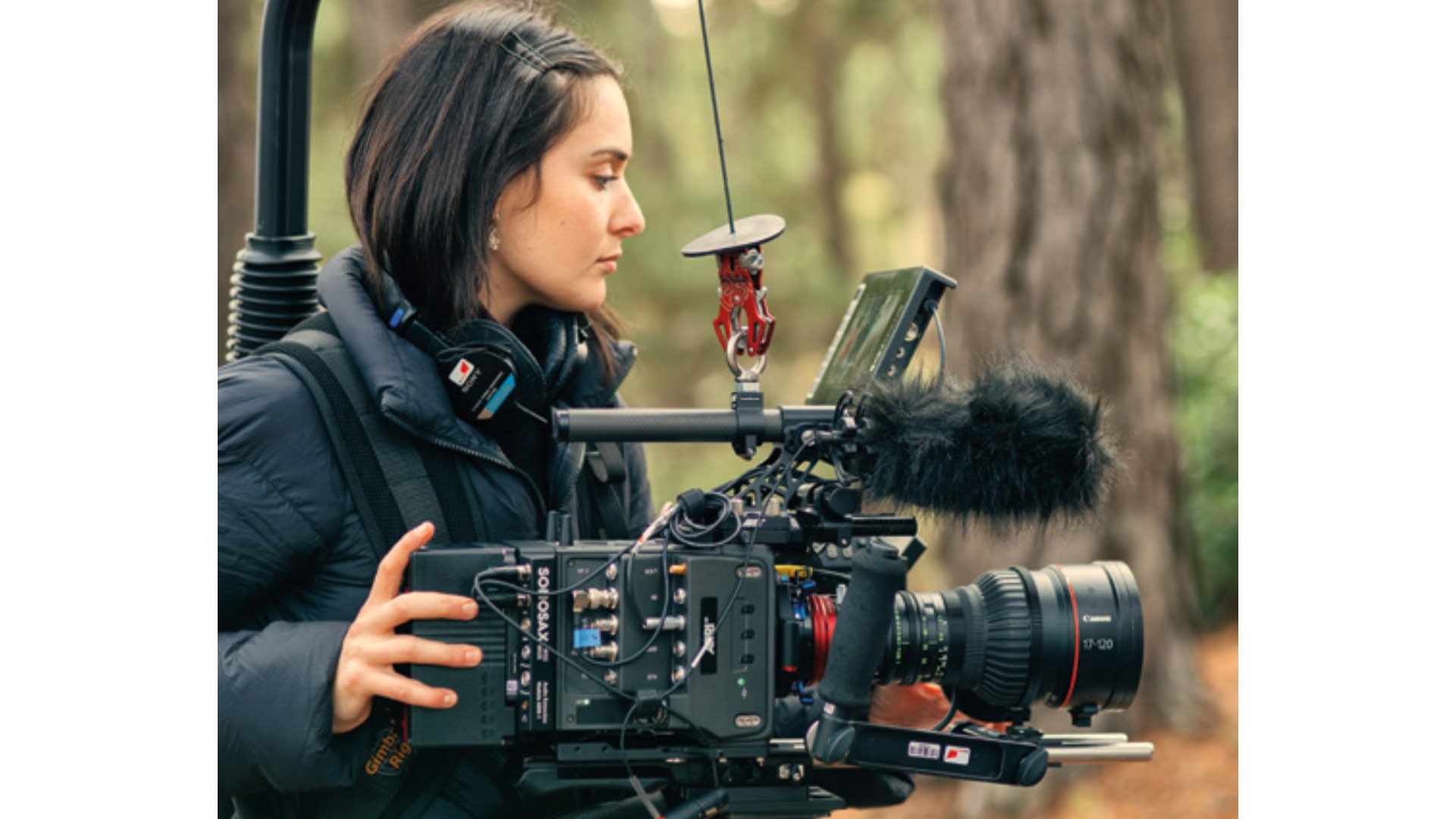
Meet REVEAL: More accurate colors
Introduced alongside the ALEXA 35 is REVEAL Color Science, which is the collective name for a suite of image processing steps that, along with the new sensor, help the camera to record more accurate colors with subtler tonal variations. Skin tones of all types and colors are rendered in a flattering, lifelike way. Highly saturated colors such as those in neon signs or car brake lights are captured with incredible realism, as are typically challenging colors like cyan, burgundy, and pastel shades. Overall, the true-to-life color fidelity and amazing sensor resolving power make for beautiful, immersive images. That’s how ARRI defines its new color science implemented in the ALEXA 35.
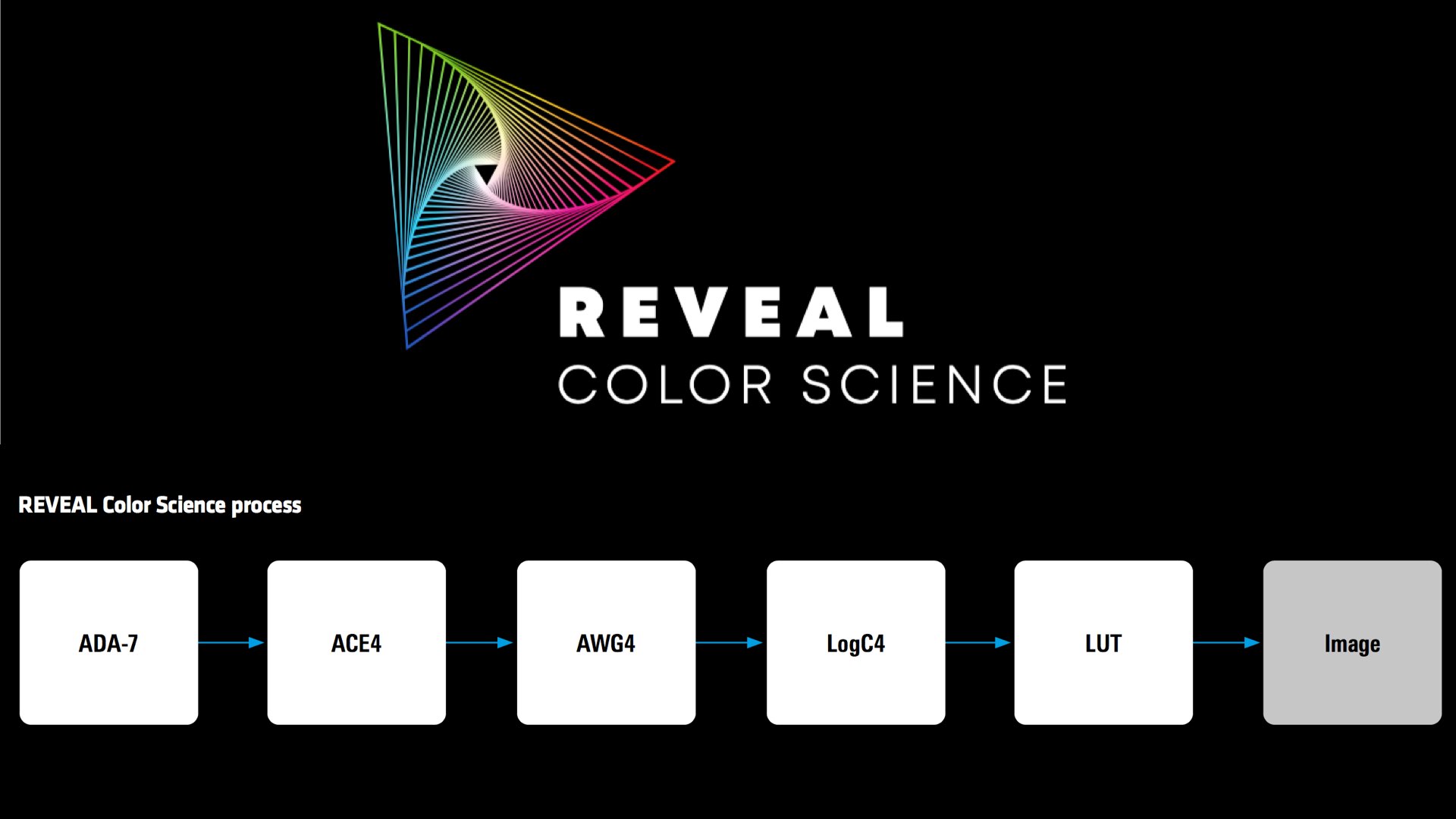
More creative control
ARRI Textures provide a new and unique way for cinematographers to exert greater creative control on the set. A texture defines the amount and character of grain in an image, as well as the amount of contrast at different levels of detail, perceived by the viewer as sharpness. Previous ALEXA cameras were pre-programmed with a default texture. Still, with ALEXA 35 you can choose from an evolving menu of custom ARRI Textures, either to suit a specific shooting environment or to hone your look. This allows you to fundamentally alter the way the camera records images, much like selecting a film stock.
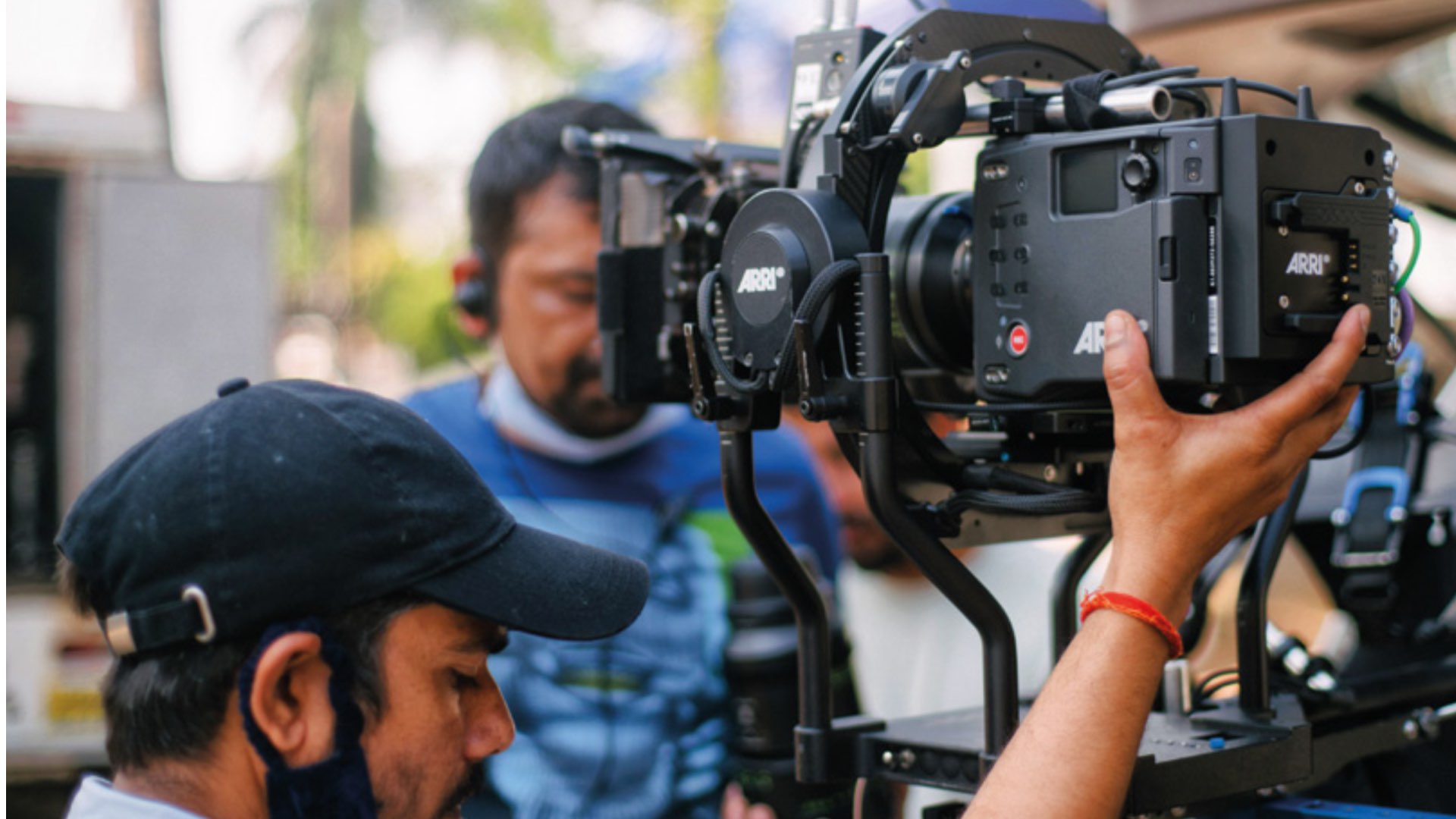
Super 35 sensor: 19 recording formats
With its Super 35 4:3 native 4K sensor, ALEXA 35 can be used with the vast global inventory of existing lenses—modern and vintage, anamorphic and spherical, Super 35 and large format. Filmmakers wanting to shoot with ARRI cameras while having 4K mandates now have an immeasurably broader lens choice. A total of 19 recording formats, incorporating efficient in-camera downsampling and anamorphic de-squeezing, allow productions to optimize data rate, resolution, and other parameters, based on their individual needs. Mixed Reality Productions (MRP) will benefit from the camera’s ability to record lens metadata in all common standards and output real-time streaming metadata to ARRI’s Live Link Metadata Plug-in for Unreal Engine.
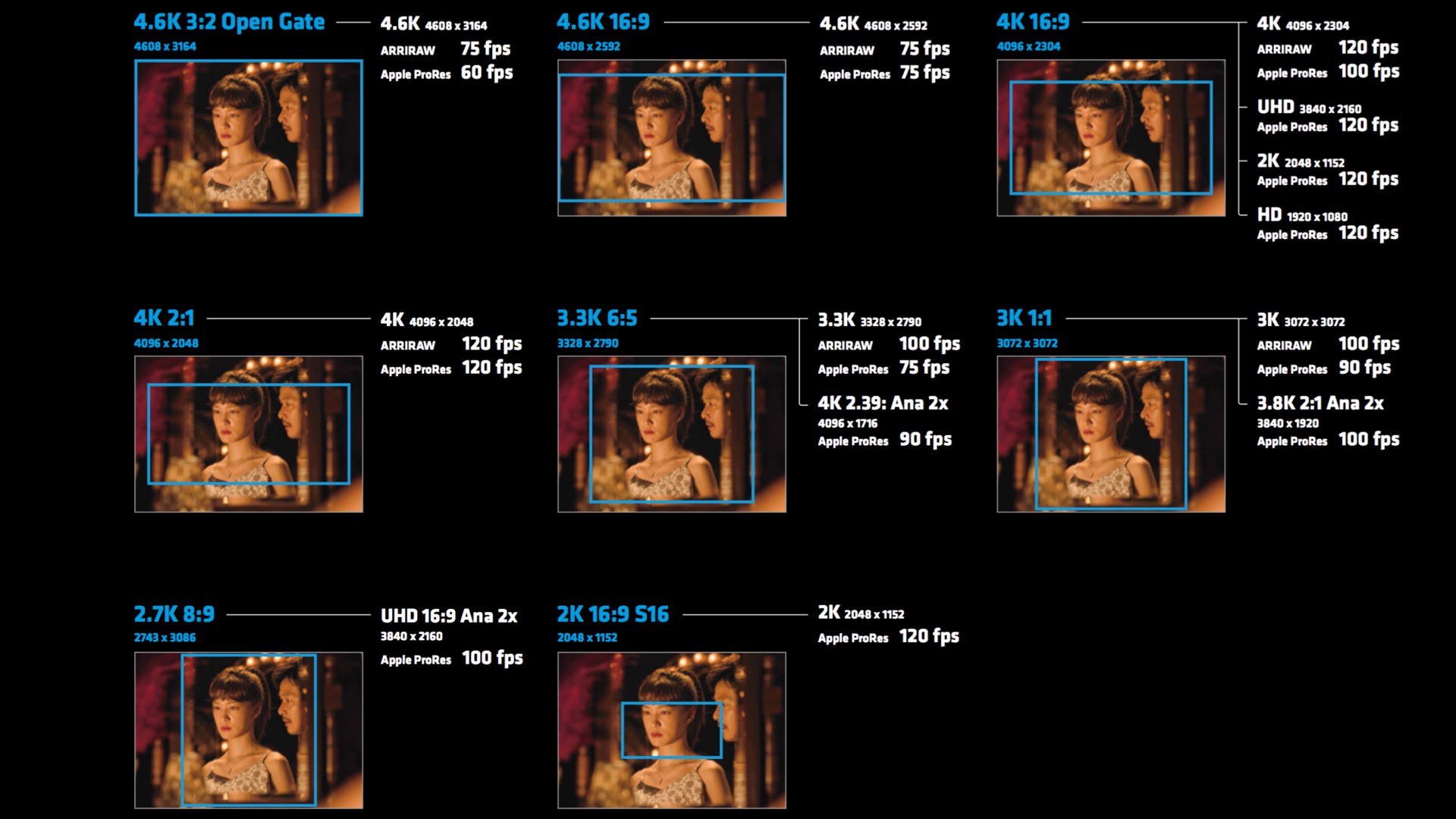
Faster workflow and higher image quality
ARRI’s discussions with filmmakers and careful review of the image pipeline have led to significant image quality enhancements and a faster, easier workflow. REVEAL Color Science is a suite of new image processing steps used by ALEXA 35 internally and also available through leading third-party postproduction tools for ARRIRAW processing. It includes an improved debayering algorithm for cleaner compositing, a new color engine for more accurate color reproduction, a new wide gamut native color space for faster grading, new LogC4 encoding to contain the increased dynamic range, and new LogC4 LUTs (Look Up Tables) for enriched color fidelity.
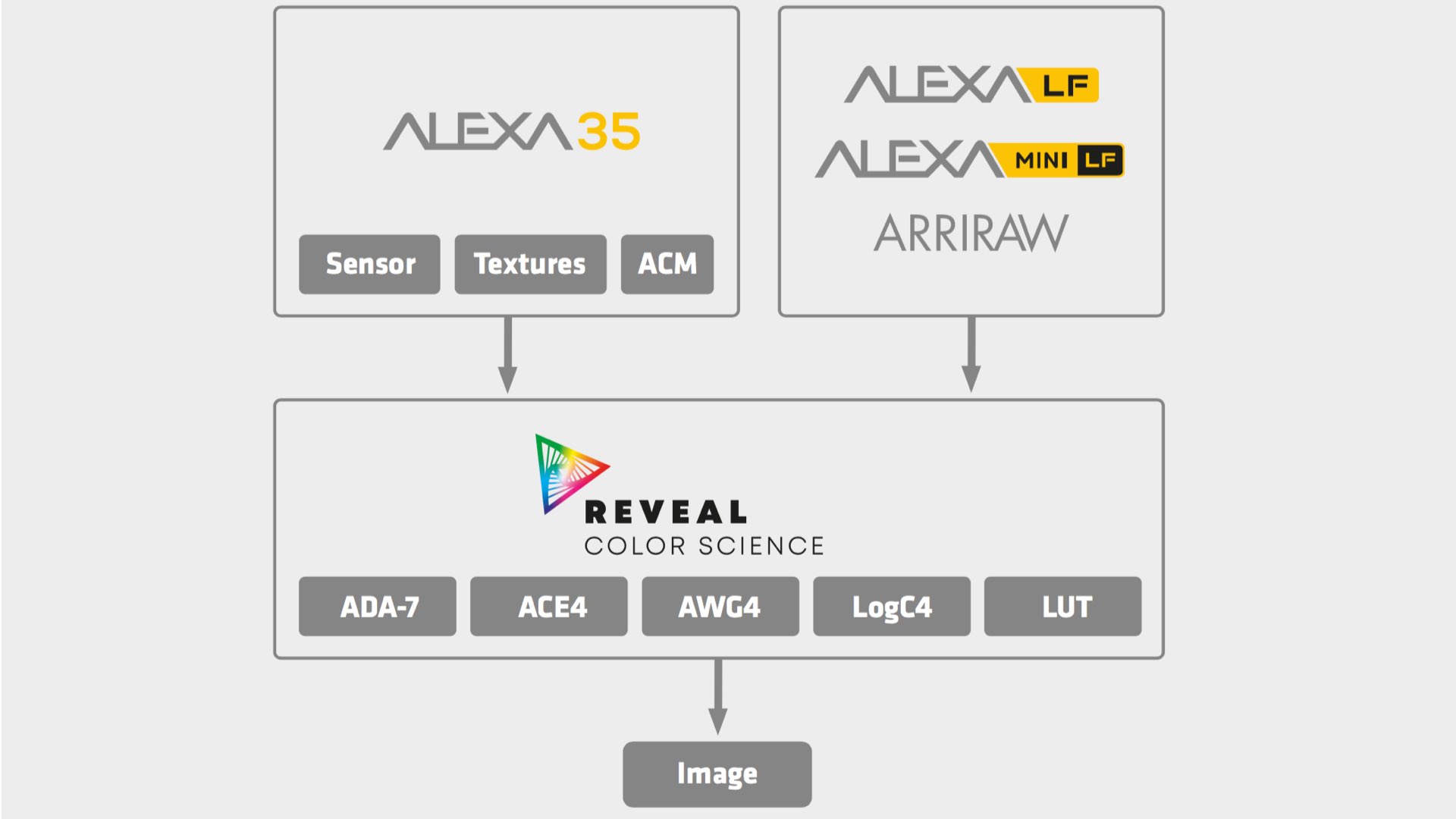
Fast, robust, and easy to use
ARRI emphasizes that the ALEXA 35 is the smallest fully-featured ARRI production camera ever, packing the features and processing power of a larger ALEXA into a Mini-sized body. Crews will be intuitively familiar with the simple menu structure; support for 1TB and 2TB Codex Compact Drives; and MVF-2 viewfinder, now with HDR. Fast and easy operation is assured through usability improvements such as a new left-side display and additional user buttons. Temperature resistant, splash and dust-proof, and conceived with future hardware and software updates in mind, “ALEXA 35 is the best A-camera, B-camera, and drone or gimbal camera on the market, all rolled into one” ARRI adds.
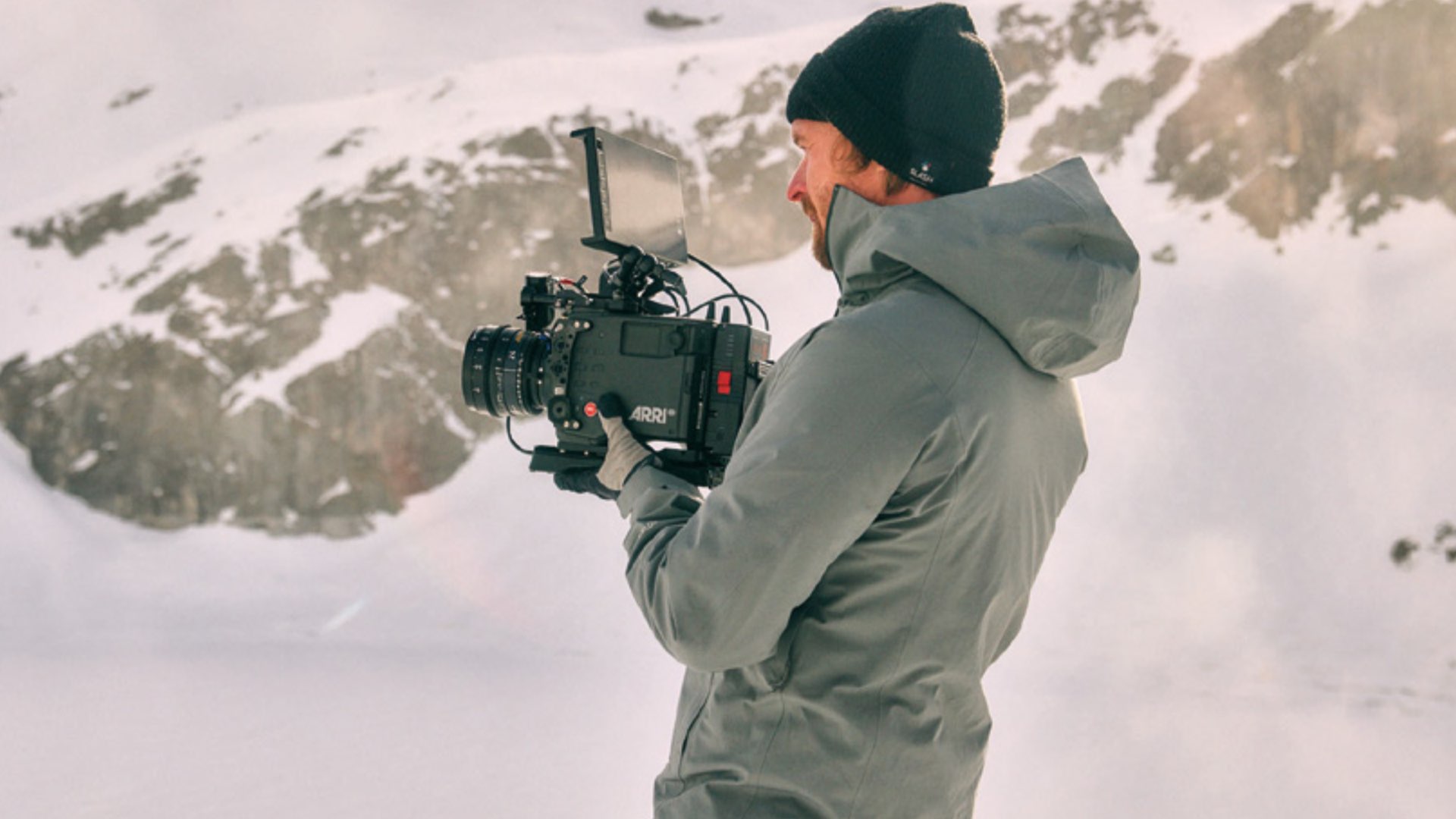
Electronic accessories and mechanical support
ARRI has crafted a new line of bespoke ALEXA 35 accessories that expand the camera’s capabilities and ensure maximum speed and versatility on set. Closely integrated electronic accessories o er additional power outputs or extended audio features. A completely new set of mechanical support items provides flexible options for any situation, scaling quickly and easily from a small and lightweight setup to a full-blown production configuration. ALEXA 35 is available in sales sets that group together components suitable for different shooting styles and production types, with further accessories and system options facilitating countless setups.
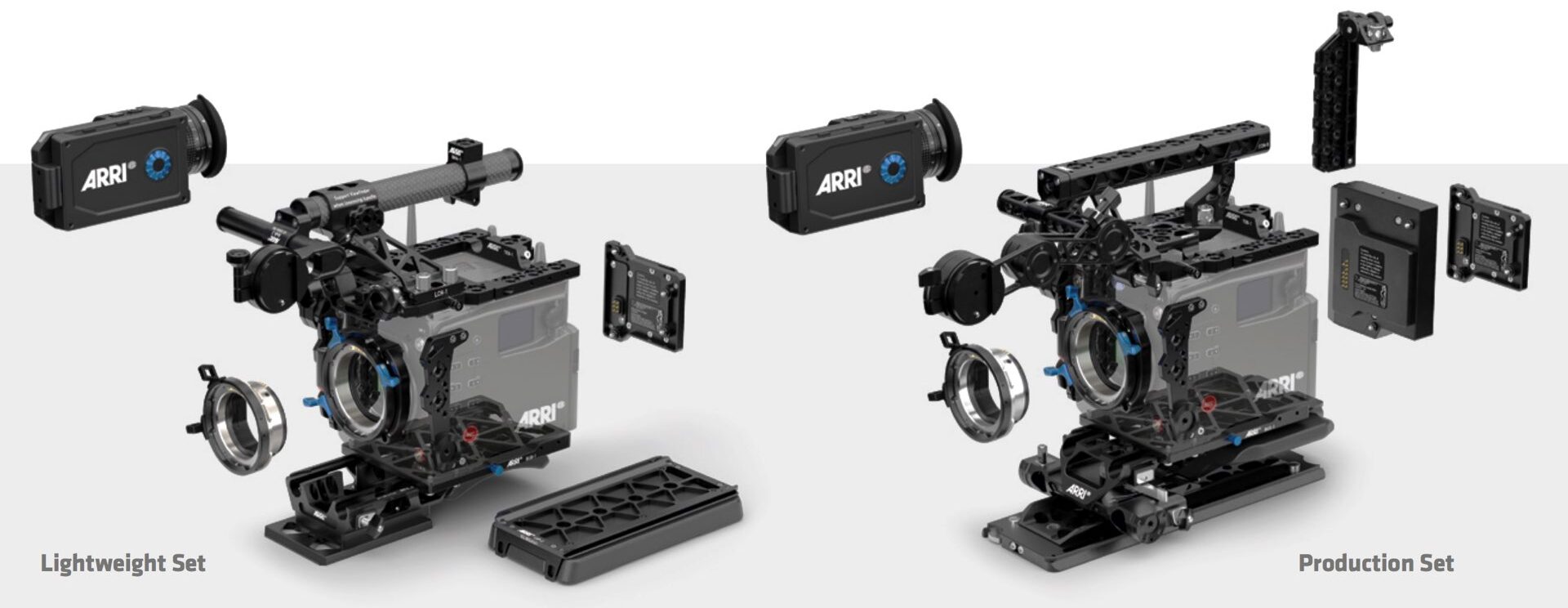
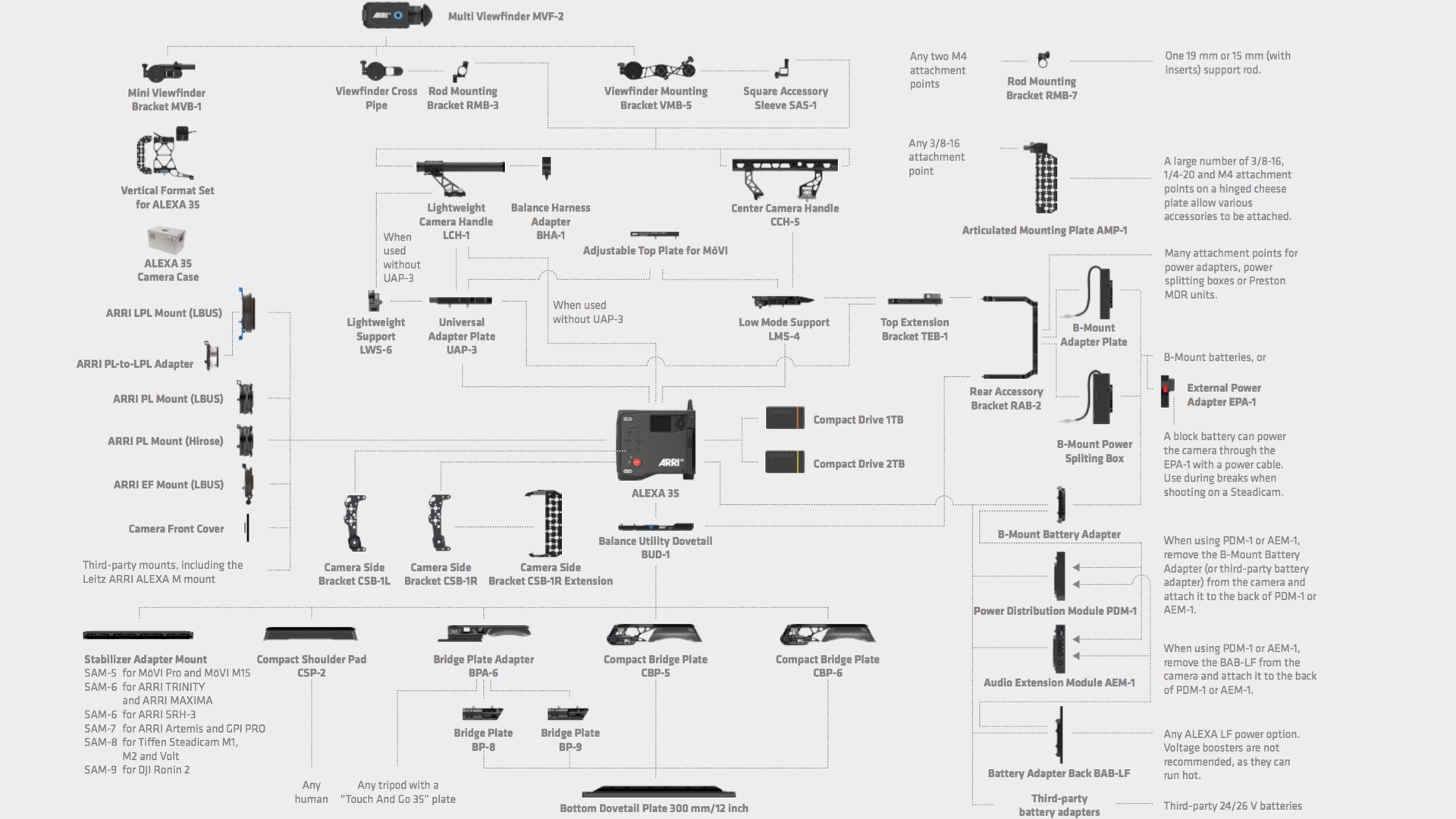
B-Mount, the new 24 V standard
ALEXA 35 utilizes the B-Mount battery interface, an open industry standard endorsed by ARRI and the wider industry. Providing high-capacity 24 V power, but also able to support 12 V, B-Mount offers more efficiency and improved data communication over previous systems. Cross-compatible with the camera, lighting, and stabilizer equipment from manufacturers worldwide, it enables productions to streamline their power requirements.
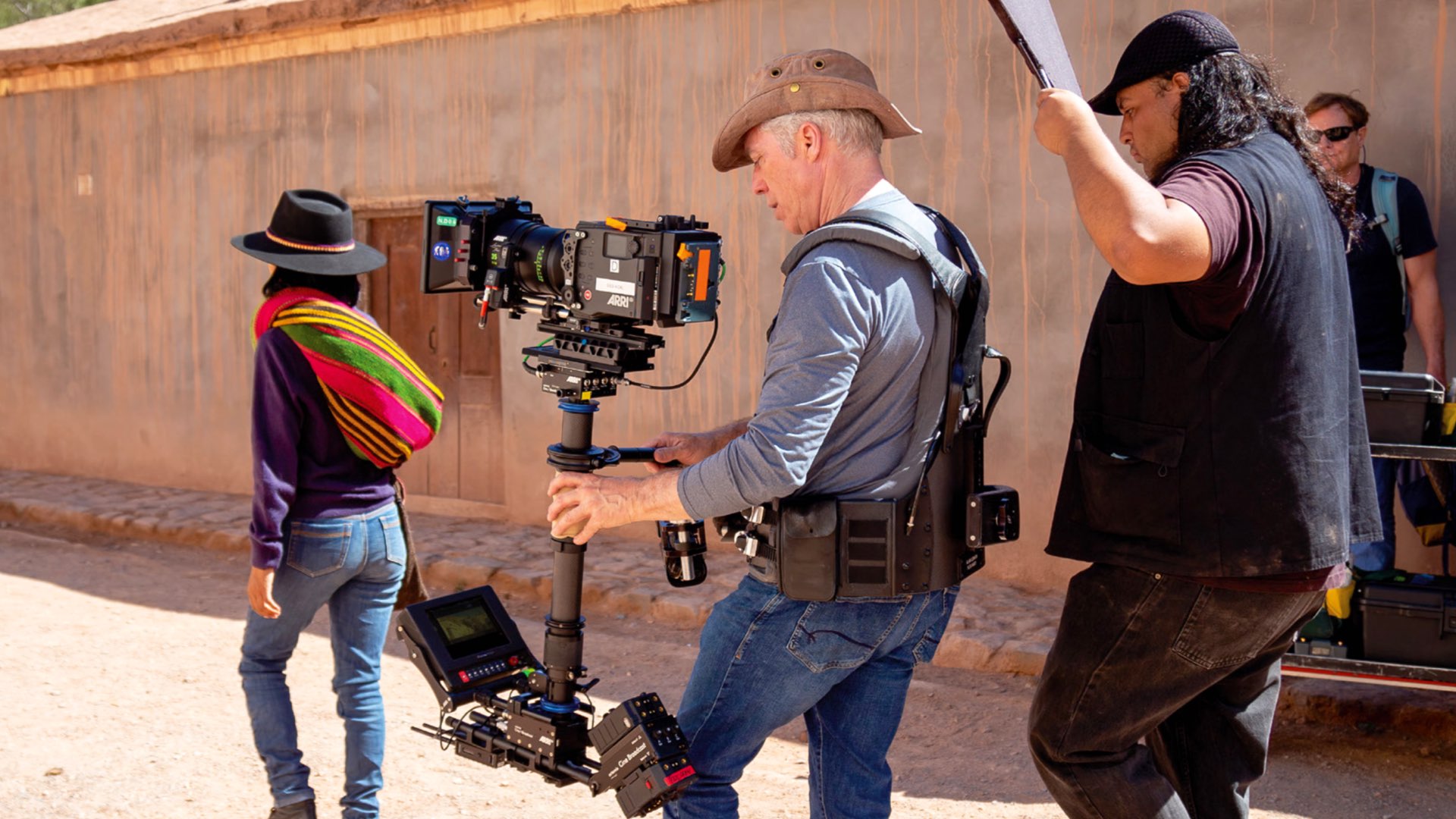
ALEXA 35: Full specifications
Here’re the full specifications of the ALEXA 35. Click to view the slides in full resolution:
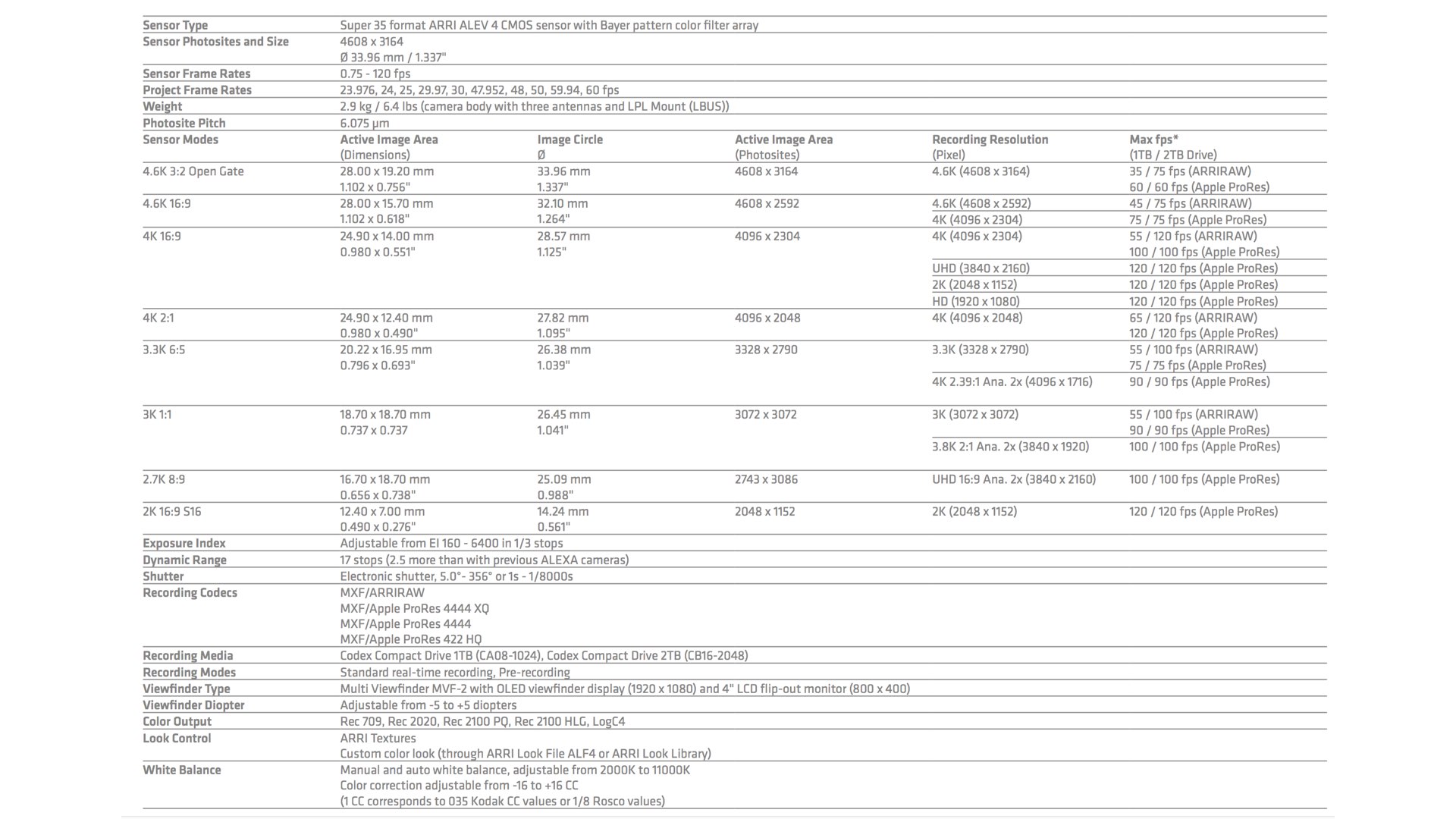
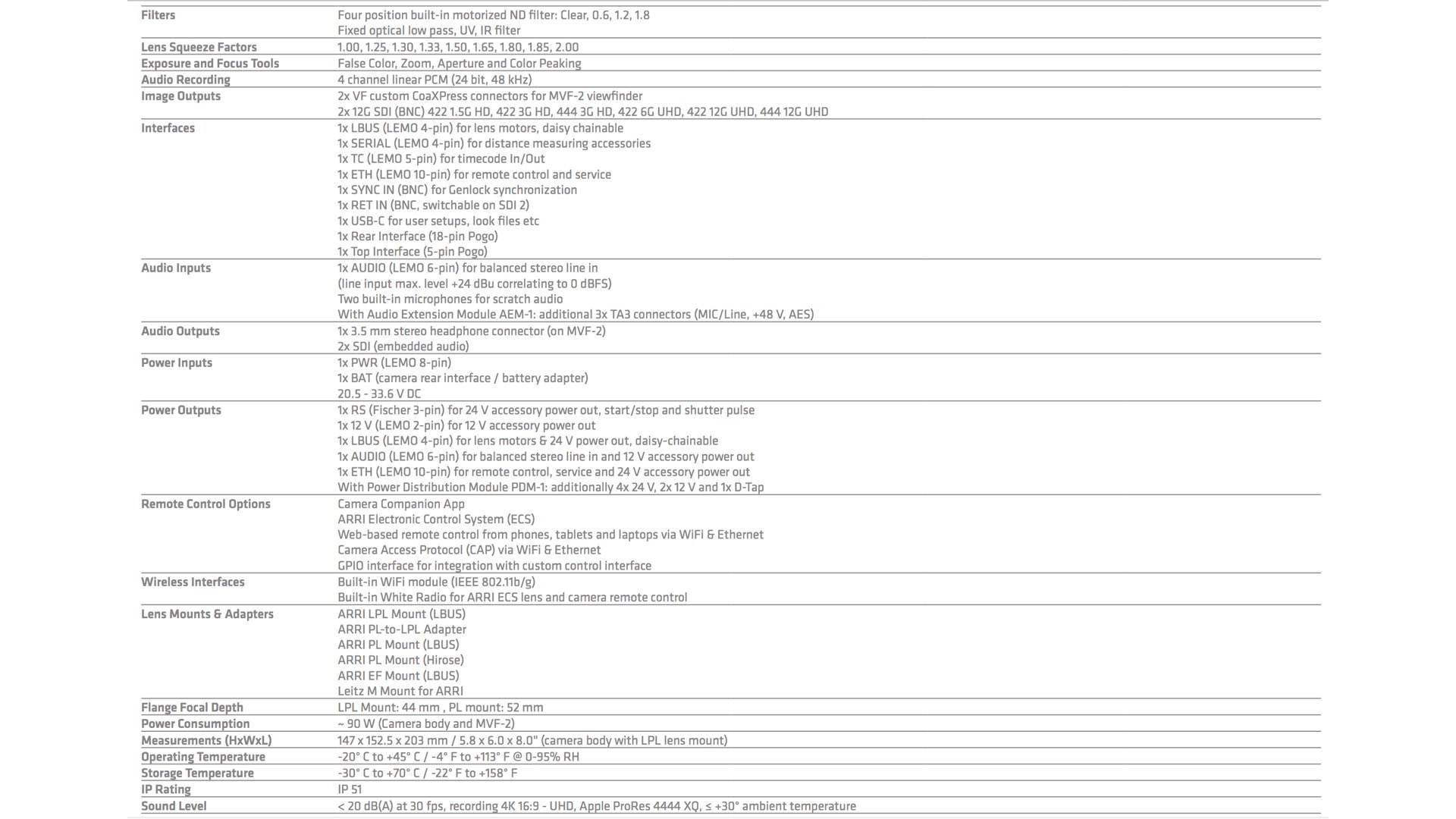
Final thoughts
We, the modern filmmakers can learn a thing or two from the ALEXA 35. First, the resolution is not such an important factor. Second, a large format is not the holy grail. Although we haven’t seen sample videos (besides the screen grabs in the brochure), we’re pretty sure that the imagery is top-notch. ‘Real’ 17 stops, a new meticulously developed color science, and a precise sensor that can be defined as an art-form will make the ALEXA 35 very popular among high-end productions. The only thing that was not leaked is the price. However, expect a price tag very similar to the Mini LF. So you’ll have to choose: Image quality or large format cinematography. To sum it up, notice how many times the two combined words ‘film-like’ are being mentioned in the brochure. That’s a proof that ARRI still believes that film cameras are the best. And the most challenging mission is to make a digital camera that is armed with technological manipulation in order to output celluloid-like imagery. What are your thoughts about the ALEXA 35? Throw them here.

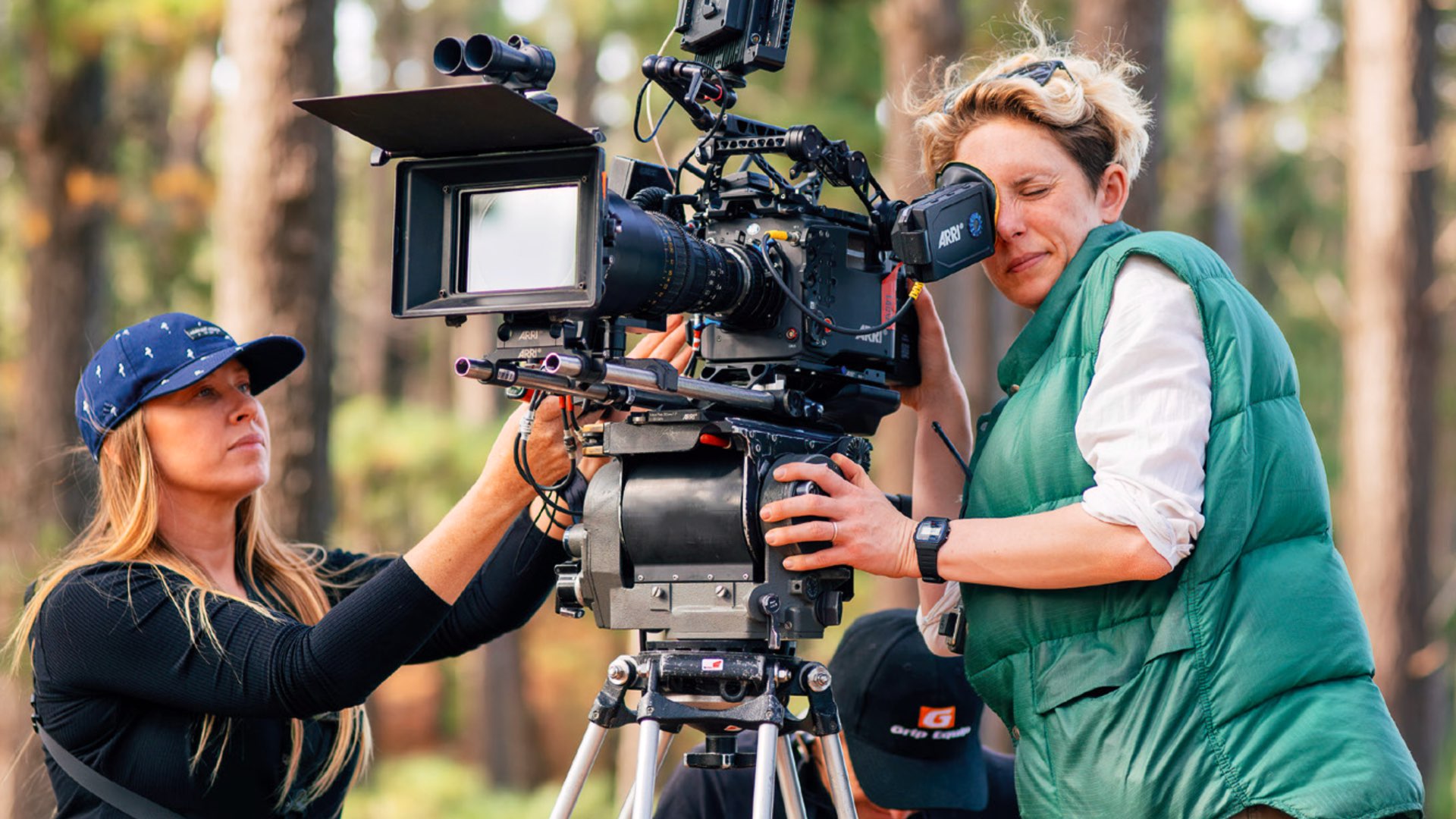
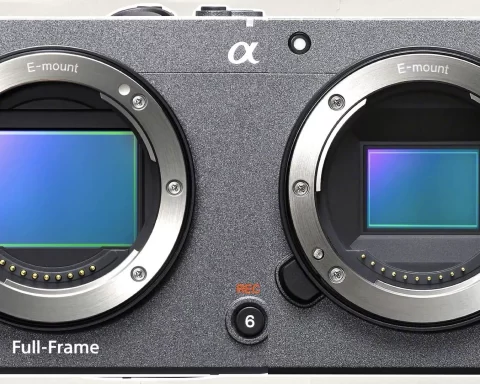
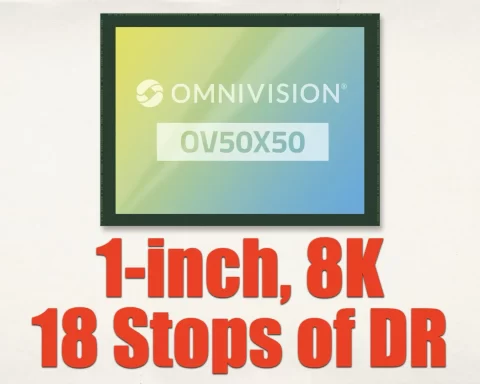
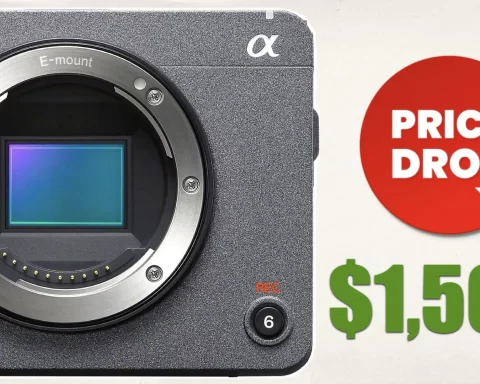
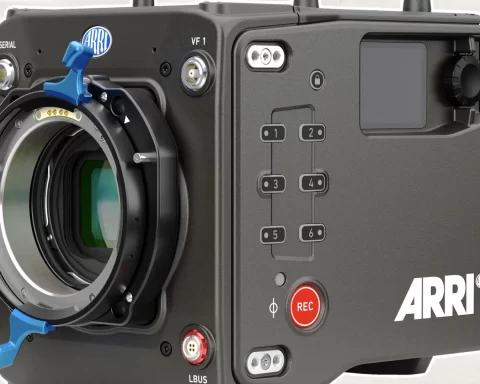

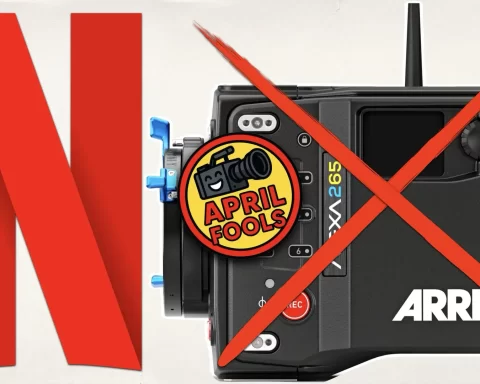

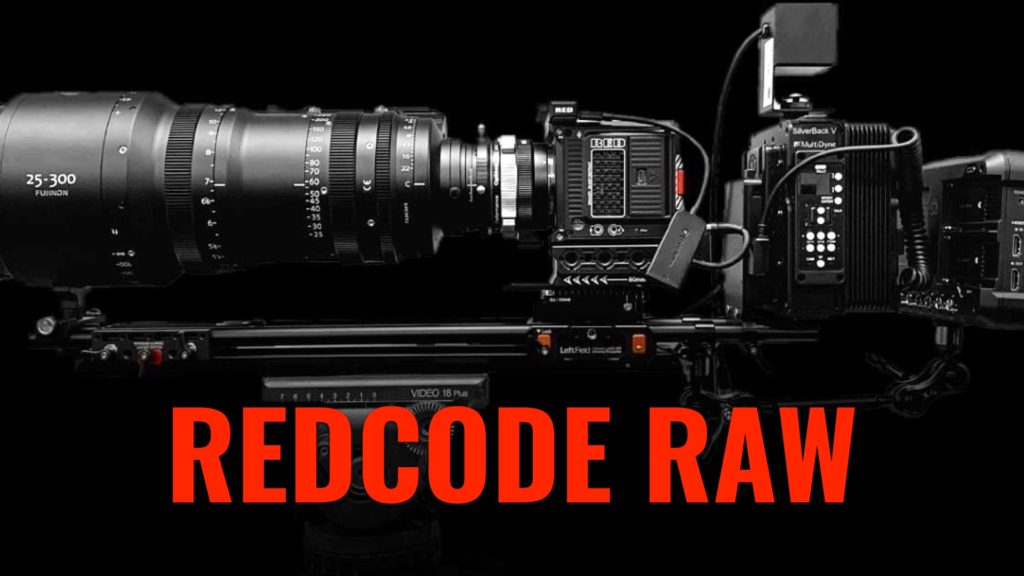
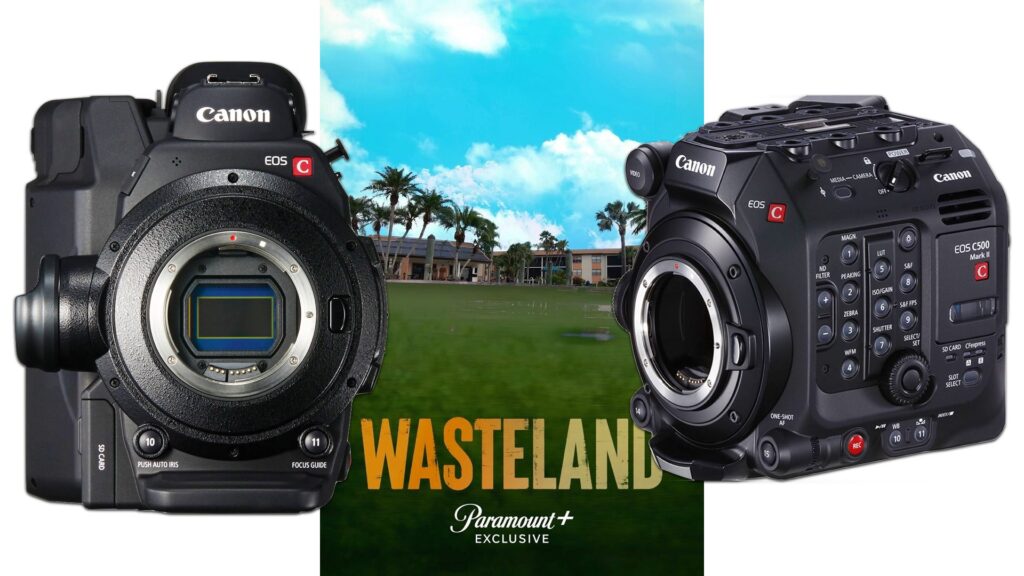

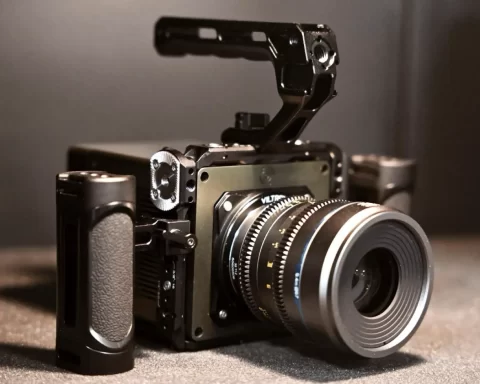


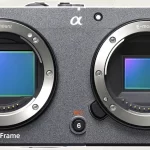
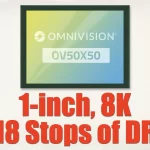
17.5 dynamic range :-0
Is that mean old alexa’s will be discounted and priced under $20k ? 😉
Probably never. But I would grab a used one if I already didn’t do so. Arri is in the « super clean image » territory now. The XT and SXT are more organic, they will be the « super16 » Arri models with more grain and more character for the years to come.
A masterpiece of Arri engineering. I hope that filmmakers will finally understand that resolution and format is not the most important factor in an image.
With global shutter it would be better, but I won’t miss it.
Thank you Arri
Would it though? Film is rolling shutter, not global.
Huh? Can you expand on this? It’s been my, albeit limited, experience shooting with motion picture cameras that film is a Rotating shutter not a rolling shutter.
DBounce is correct. Film is not instantaneously exposed like global shutter is.
He is equating a rolling shutter to a rotating shutter because the rotating shutter is not instantaniously exposing the image. They are not the same.
So it’s a Red Gemini (ame pixel pitch) and they finally are beefing up their Raw codec to 16 bit like R3D has always been? I mean, Arri makes great stuff, but most of these “features” are readily available. I am sure it will be great, but nothing about this is mind blowing. And their recording media is notoriously annoying.
On the contrary, resolution, bit depth, color gamut, frame rate and dynamic range are the pillars of image quality. Not sure if you read the same article I did, as the ARRI will be able to record as many as NINETEEN different formats and the camera utilizes downsampling and anamorphic desqueeze to optimize resolution based on photographers’ needs.
Lens flare is the greatest enemy of dynamic range, which is why around 16.6 stops is the most ever recorded by Imatest. Before reaching the sensor, light must must first pass through the interior of the lens where it is scattered between the elements and the barrel of the lens, veiling the image. The noise of RED sensors is convincingly film-like to my eyes as well as to more experienced filmmakers and one of the reasons I’m picking up a RED myself.
My good friend sent me this information with the note “You should have waited and bought this”.
He was kidding of course since I recently bought the RED V-Raptor. Given the Alexa 35 specs, I definitely don’t have buyer’s remorse.
I will say, knowing Arri, that the image and dynamic range coming out of this camera will be second to none. But like someone else said, many specs can be found in many other cameras. The V-Raptor gives me all I need at a MUCH lower price point (I’m assuming). What the RED won’t give me is true 17 stops of dynamic range and the beautiful noise/grain. And knowing Arri, the Alexa 35 will probably have 19 stops.
I’m sure there will be plenty of comparison videos with the Arri and RED. But as a filmmaker, I’m interested in what can provide the best flexibility and image along with being affordable.
One thing not mentioned here…this camera doesn’t offer compressed Arri Raw…a 1TB card is going to last a few minutes. That is one part of the workflow that no one seems to talk about much. For a practical day of shooting it’s another 10-15k in recording media…and then you have to buy the storage. Don’t get me wrong, the image will undoubtedly be gorgeous, but there are trade offs. And I have no idea why you would want to make a 24V camera so you can apply grain in camera. Choosing grain in post seems a far better solution and I never heard anyone complaining. Oh well…going to be fun either way.
What do you mean beefing up their raw? It’s always been uncompressed. Red is compressed.